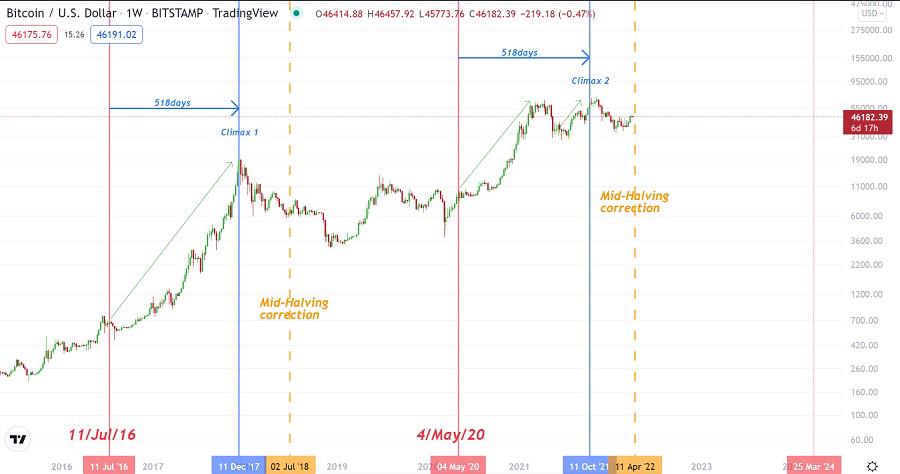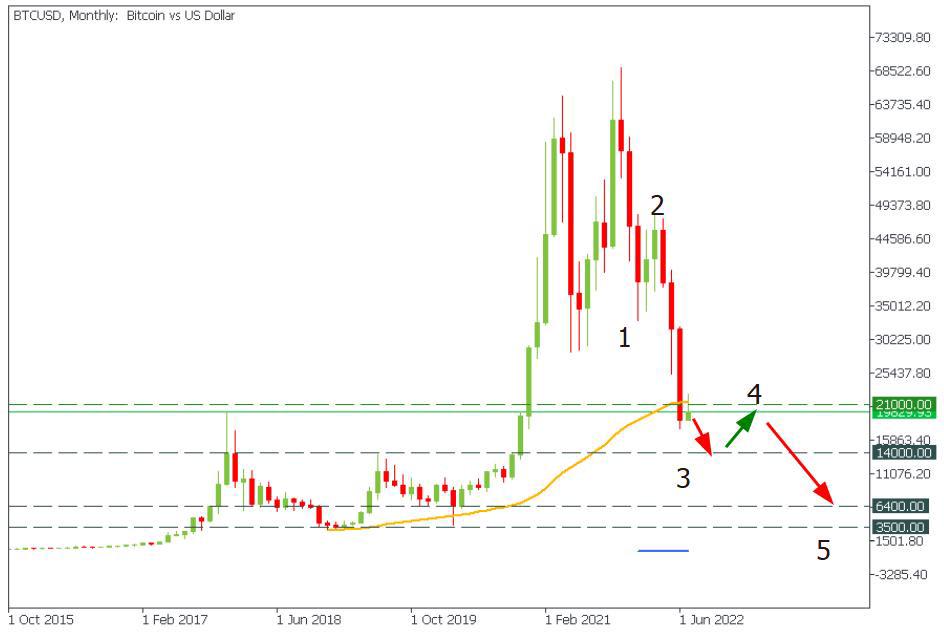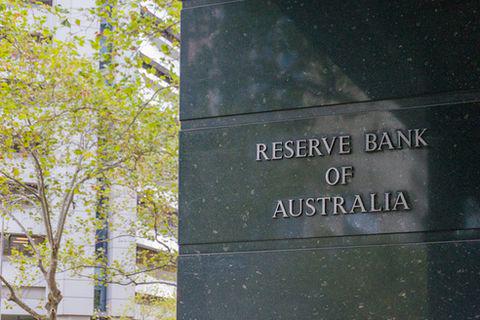
eurusd-is-falling-what-to-expect-from-the-future-price-movement

Don’t waste your time – keep track of how NFP affects the US dollar!
Data Collection Notice
We maintain a record of your data to run this website. By clicking the button, you agree to our Privacy Policy.

Beginner Forex Book
Your ultimate guide through the world of trading.
Check Your Inbox!
In our email, you will find the Forex 101 book. Just tap the button to get it!
Risk warning: ᏟᖴᎠs are complex instruments and come with a high risk of losing money rapidly due to leverage.
68.53% of retail investor accounts lose money when trading ᏟᖴᎠs with this provider.
You should consider whether you understand how ᏟᖴᎠs work and whether you can afford to take the high risk of losing your money.
Information is not investment advice
In June 2022, Bitcoin, the number one cryptocurrency, broke below the 50-month moving average for the first time in its history. While many celebrities yell about an upcoming recovery, FBS analysts rely on technical analysis combined with macroeconomic data. Do you want to know how to earn on crypto during the strongest downtrend in its history? Read the article up to the end!
Bitcoin lost 70% of its capitalization since November 2021. The massive crypto meltdown is part of a larger market downturn brought on by elevated inflation, rising interest rates, Terra Luna crackdown, global recession fears, and US dollar strengthening. Let's briefly discuss them:
- The Federal Reserve is trying to cool down the inflation, which hit 40 years high in 2022. On June 15, the Federal Reserve increased interest rates by 75 basis points, the largest hike since 1994. The change led to a retreat from all assets.
- The crypto world is reeling from the $60 billion collapse of two major tokens, Terra-Luna and Celsius. Those losses have increased doubts about the general stability of the digital currency.
- Gauges of factory activity released in Japan, Britain, the eurozone, and the United States softened in June, with US producers reporting the first outright drop in new orders in two years in the face of slumping consumer and business confidence. According to the chief business economist at S&P Global Market Intelligence, Chris Williamson, business confidence is now at a level that would typically herald an economic downturn, adding to the risk of recession.
- US dollar index price momentum also doesn't signal upcoming positive. The USD, Japanese yen, and Swiss franc are considered safe-haven currencies. The uncertainty usually causes a "flight to safety" to one or all these currencies. Nowadays, the Japanese Central bank pursues a super-loose monetary policy, while Switzerland is one of the European countries whose financial stability is threatened by the conflict in eastern Europe. That's why investors prefer to save money in the currency of the most stable global economy so far.
The Fed will likely raise borrowing costs by 75 basis points later this month, bringing the benchmark interest rate to a range of 2.25% to 2.5% from 0% to 0.25% at the start of 2022. Further, the Fed funds futures have priced a 50 basis point hike in September and 25 basis points hikes at the November and December meetings.
These events might send the US dollar index to the 110.00-111.00 global resistance range, pressing risk assets even deeper.
Moreover, the Bitcoin halving theory might work this time as well. Bitcoin halving is an event in the Bitcoin network where the reward for successfully mining new blocks is halved at regular intervals. During a halving event, the reward bitcoin miners receive for confirming bitcoin transactions is reduced by 50%, reducing the rate at which new bitcoin units are released into circulation. The impending halving in 2024 will reduce the per block reward from 6.25 BTC to 3.125 BTC.
Historically, the Bitcoin price set a new high 518 days after halving. After that, the price reverses and loses around 80% of its capitalization. This time the price might drop even harder due to the macroeconomic situation and the hawkish Fed's monetary policy.

However, during June’s speech, Jerome Powell stated the Federal Reserve might start to cut interest rates in the United States. It is the strongest hint of another wave of cheap money and risk assets rally.
Both these facts signal the possibility of new highs for Bitcoin in 2025.
BTCUSD, Monthly chart

BTCUSD retested the 50-month moving average after the breakout. Currently, there is almost no doubt the price will go lower. The closest support level on the monthly chart is $14 000, but the price might make a fake breakout down to $13 000 as well.
After that, we expect to see a bounce with another retest of the 50-month MA at around $21 000, which will be the fourth wave of Elliot wave theory.
According to the Elliot wave theory, every trend goes through five stages. Three trends and two correction waves.
And finally, the price will make the fifth wave on some “black drawn” event, which will cause another wave of dovish monetary policy by the Federal Reserve in 2024.

eurusd-is-falling-what-to-expect-from-the-future-price-movement

Greetings, fellow forex traders! Exciting news for those with an eye on the Australian market - the upcoming interest rate decision could be good news for Aussies looking to refinance or take out new loans. The Mortgage and Finance Association Australia CEO, Anja Pannek, has...

Hold onto your hats, folks! The Japanese yen took a nosedive after the Bank of Japan (BOJ) left its ultra-loose policy settings unchanged, including its closely watched yield curve control (YCC) policy. But wait, there's more! The BOJ also removed its forward guidance, which had previously pledged to keep interest rates at current or lower levels. So, what's the scoop? Market expectations had been subdued going into the meeting, but some were still hoping for tweaks to the forward guidance to prepare for an eventual exit from the bank's massive stimulus

eurusd-is-falling-what-to-expect-from-the-future-price-movement

Greetings, fellow forex traders! Exciting news for those with an eye on the Australian market - the upcoming interest rate decision could be good news for Aussies looking to refinance or take out new loans. The Mortgage and Finance Association Australia CEO, Anja Pannek, has...

Hold onto your hats, folks! The Japanese yen took a nosedive after the Bank of Japan (BOJ) left its ultra-loose policy settings unchanged, including its closely watched yield curve control (YCC) policy. But wait, there's more! The BOJ also removed its forward guidance, which had previously pledged to keep interest rates at current or lower levels. So, what's the scoop? Market expectations had been subdued going into the meeting, but some were still hoping for tweaks to the forward guidance to prepare for an eventual exit from the bank's massive stimulus
Your request is accepted.
We will call you at the time interval that you chose
Next callback request for this phone number will be available in 00:30:00
If you have an urgent issue please contact us via
Live chat
Internal error. Please try again later